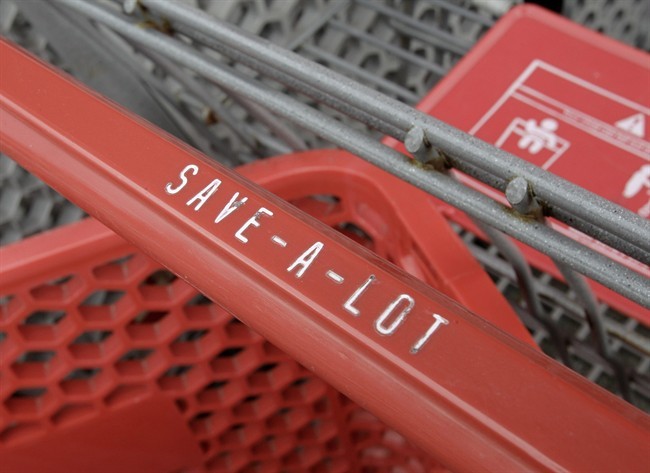NEW YORK – Loyalty programs at supermarkets used to be as simple as getting access to the cheaper advertised prices on store shelves.

But as companies fight to hold onto customers amid intensifying competition, they’re using shoppers’ purchasing histories to offer more personalized deals.
Eventually, some say deals could become so customized that everyone is paying different prices for the same item.
“There’s going to come a point where our shelf pricing is pretty irrelevant because we can be so personalized in what we offer people,” Safeway CEO Steve Burd said in a call with analysts earlier this year.
The company, which operates chains including Vons and Dominick’s, rolled out its “Just For U” loyalty program last year. Other grocery store chains are investing in more sophisticated loyalty programs as well, given the growing pressure they face from big-box retailers, drugstores and dollar stores.
As companies step up their loyalty programs, here’s a look at how they affect how much you spend and what you buy.
Boosting sales
Whenever you see any discount, keep in mind that the store’s goal is always to get you to spend more, not less.
Loyalty programs achieve this in a couple different ways. To start, your past shopping patterns help companies better predict which new products you might be inclined to buy. If you’re a natural food fan who buys Kashi cereal, you might start getting offers for a new Luna bar flavour or Greek yogurt.

Get weekly money news
But it’s not just about convincing you to buy more stuff overall. One of the problems facing the supermarket industry is that people are increasingly getting their groceries from a variety of sources. For example, someone might get their dried pasta at Target, meat at Whole Foods and fruit at an independent, local market.
“The reality in the grocery industry is that it’s very competitive – the average shopper shops at five stores,” said Mir Aamir, president of customer loyalty and digital technologies at Safeway, which is based in Pleasanton, Calif.
One of the goals of loyalty programs is convincing you to do more of your shopping in one place. So a shopper who’s buying baby wipes at a store but not diapers might suddenly start getting offers for the latter because the company knows there’s likely a baby in that house.
By the same token, companies can sense that they’ve lost a customer when you stop using the loyalty card. The result might be an uptick in special deal offers to that customer back.
So even if you tend to get most your groceries at a particular store, it might be worth signing up for loyalty programs at rival stores or at least keeping an eye on the prices they’re offering.
Personalized pricing
All the data companies collect when you use your loyalty card helps them tailor their marketing to you.
Kroger, America’s largest traditional supermarket chain, still has a traditional loyalty program that gives shoppers the special prices listed on shelves. The Cincinnati-based company also mails out personalized packets of coupons to its loyalty card members several times throughout the year.
The offers are based on past purchases, meaning someone who regularly buys Cheerios might get offers for that cereal, as well as milk and other related items. But now, the company is testing a program that also better calibrates the exact level of the discount offered to particular shoppers.
Keith Dailey, a spokesman for Kroger, declined to say where the program is being tested and how specific the offers get. But he said the idea is partly to set more “consistent” prices for shoppers over a set period. So unlike a traditional coupon that is used only once, you might be offered a discount you can redeem multiple times before a certain date.
The point is to encourage you to become a regular shopper, building a habit that leads to you spending more money at a particular store over time.
Dailey says the pilot is an “extension of what we’ve been doing for decades,” because coupons of any kind already lead to people paying different prices for the same items.
Still, the growing degree of personalization is clearly resonating. Kroger, which also operates Ralphs and Fry’s, notes that 60 per cent of customers cash in at least one coupon from the personalized packets they’re mailed throughout the year. That compares with less than 5 per cent for traditional coupon mailings.
In addition to maximizing sales, the benefit of such personalized pricing for companies is that it becomes harder for competitors to steal away customers with better offers.
“The price offered to the individual customer is really between the retailer and customer now,” said Euan White, senior vice-president of consumer markets at Dunnhumby, which works with Kroger and a wide range of retailers to analyze shopping patterns.






Comments